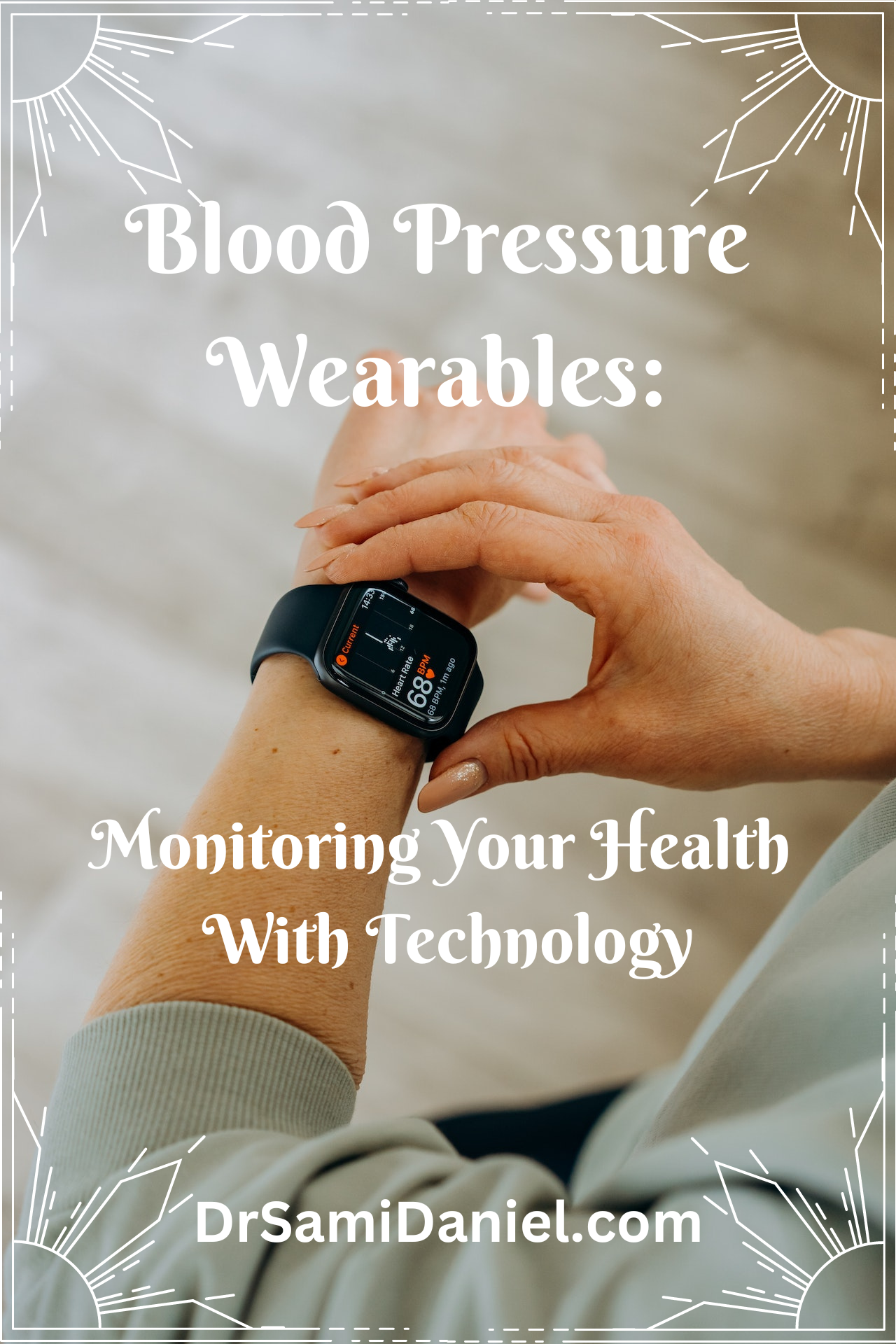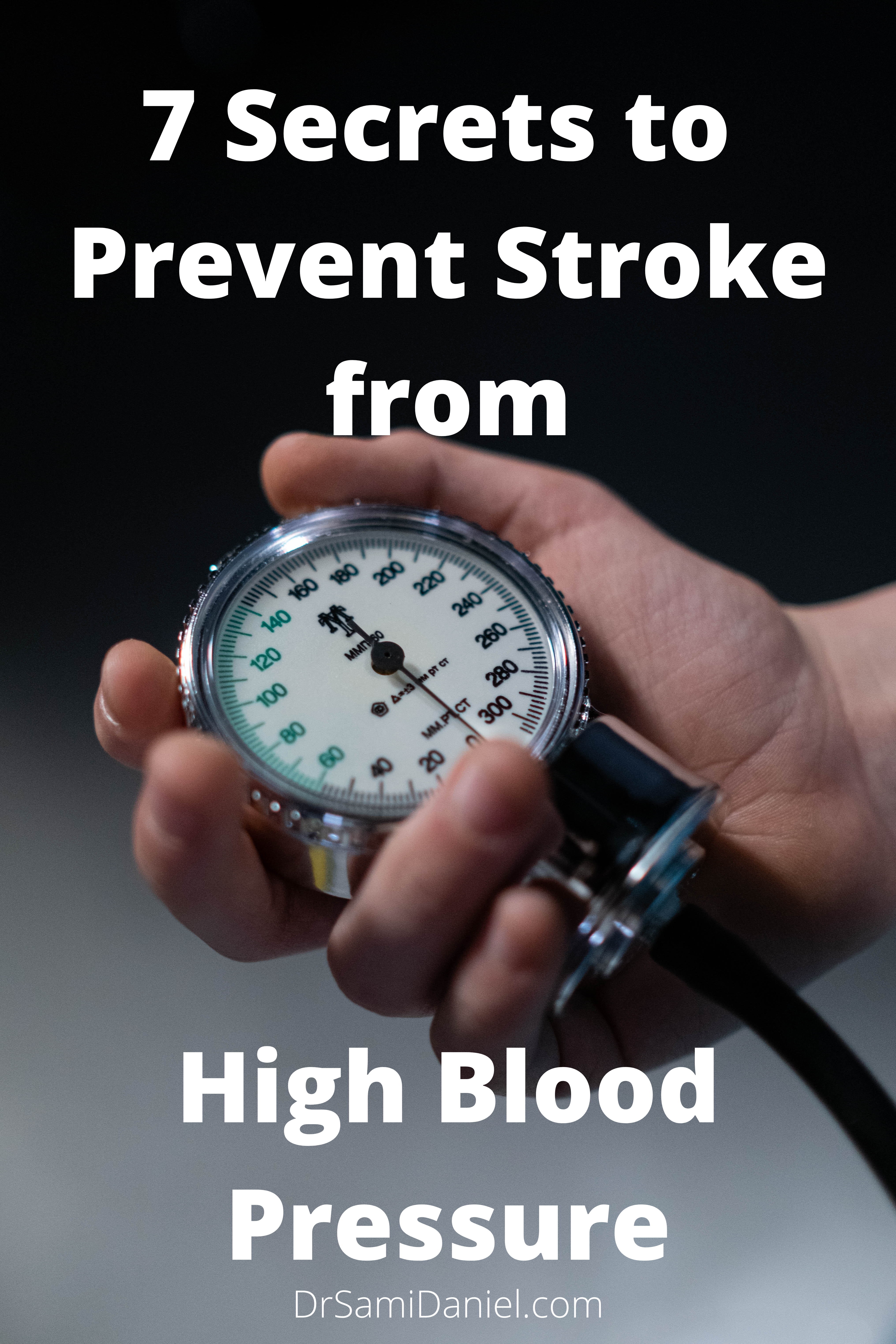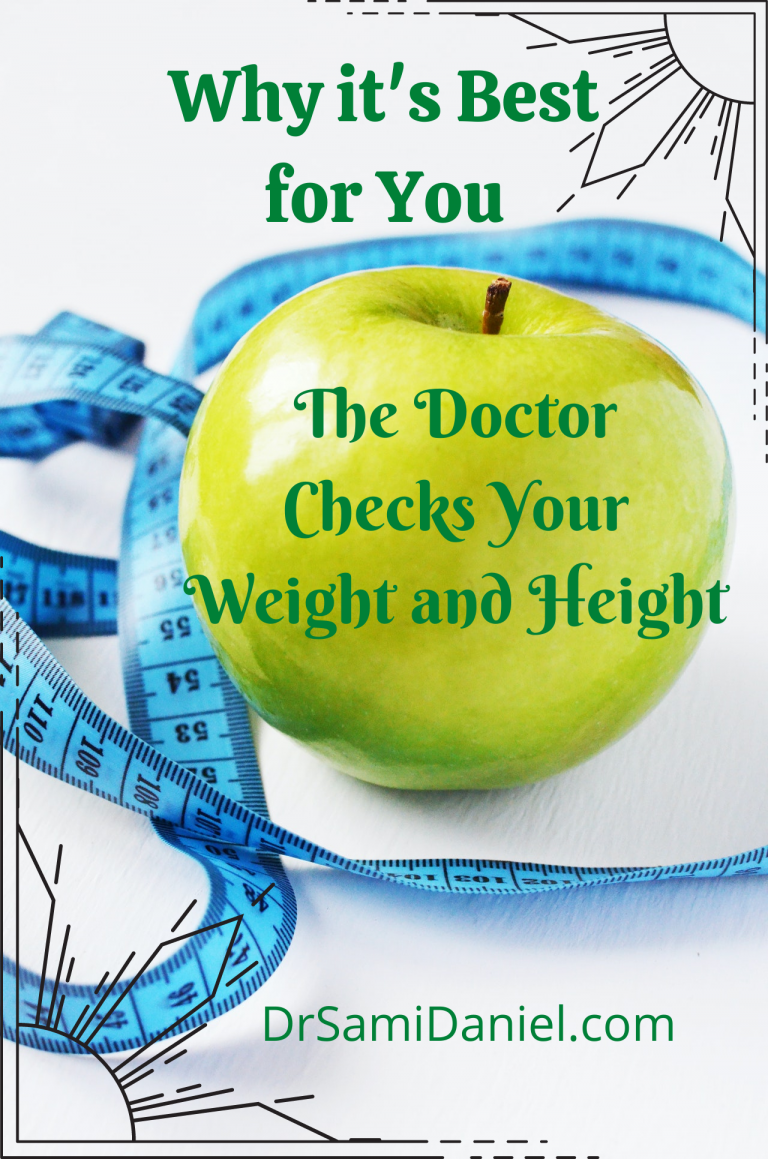Blood Pressure Wearables: Monitoring Your Health With Technology
Introduction
Millions of people are affected by high blood pressure.
According to the Centers for Disease Control and Prevention, almost half of adults have high blood pressure in the United States; and only 1 in 4 of those adults have controlled their blood pressure.1
High blood pressure is also known as the “silent killer” because people may feel perfectly fine; until something bad happens.
Uncontrolled blood pressure can lead to serious health issues like heart disease, stroke, and kidney failure.2
So there are 2 dangers to consider:
- You have a 1 in 2 chance of having high blood pressure that leads to serious problems.
- You might not know if your blood pressure is high unless:
- You get regular check-ups, or
- A problem arises.
The good news is that technology makes things convenient.
People can monitor their blood pressure from the comfort of their homes, or anywhere, using wearable devices.
I bought a smartwatch a few months ago and I check my blood pressure with the watch throughout the day.
So let’s talk about the benefits and drawbacks of blood pressure wearables, and how they can help you stay on top of your health.
Convenience and Portability
One of the biggest benefits of wearables is their convenience and portability.
A blood pressure cuff is technically a wearable. You put it on, you get your blood pressure reading, then you take it off.
The fact that you can buy one and bring it home with you is technically portable; and the fact that you can save a trip to the Doctor’s office is technically convenient.
However I find blood pressure cuffs awkward to handle and clunky to carry.
So convenience and portability are out the window!
With a wearable device, I’m able to measure blood pressure anytime and anywhere.
I think portability is important for people who have busy schedules.
Convenience is especially important for people who have difficulty accessing healthcare services.
People need to make sure their medications are working properly.
Therefore keeping a blood pressure log is important. So when people make the trip to their Doctor’s office, they can work with their Doctors to make better-informed decisions about their healthcare plan.
Wearables are small, lightweight, and easy to use; making them perfect for on-the-go monitoring and greater personal awareness.
Accuracy and Precision
Another advantage of blood pressure wearables is their accuracy and precision.
I had my doubts. I thought to myself, “How can a smartwatch actually read my blood pressure without the proper tools?”
In my head, you need pressure to measure pressure. So the thought of flashing lights measuring pressure was mind-boggling.
I’ve come to find out that most devices use advanced sensors and algorithms to measure blood pressure.
I have no idea how the brilliant engineers used lights to measure blood pressure through the skin, but I was curious to find out if it works well.
My smartwatch needed to be calibrated. I had to use a real blood pressure cuff so that my watch can learn how to read my blood pressure.
The idea that my smartwatch had to “learn” my blood pressure made sense to me.
It’s kind of like a child and a parent.
The smartwatch is the child that learns and explores the world through what it sees.
The blood pressure cuff is like the parent that teaches the child the basics, lets the child make mistakes, and corrects the child if necessary.
I finished calibrating my watch and started testing it against my normal blood pressure cuff. The results were basically the same!
The technology in every wearable might be different. So test your wearable device since you might get different results.
I expected a difference of 1-2 points. However a difference of 5 or more points might cause me to recalibrate the watch or troubleshoot the problem.
Assuming everything works well, start keeping a blood pressure log. Some devices, like my watch, come with an app that can log your readings for you.
This information can be shared with your Doctor or healthcare provider, who can use it to adjust your treatment plan if necessary.
Motivation and Accountability
Blood pressure wearables can also help you stay motivated and accountable when it comes to your health.
Many devices come with apps that allow you to track your progress over time, set goals, and receive reminders to take your readings. These are great tools to help you build the habit one step at a time.
This can be a great way to stay on top of your health and make positive changes to your lifestyle.
Wearables can also be a fun way to compete with friends or family members who are also monitoring their blood pressure, creating a sense of community and support.
Just remember to keep the competition light and fun. We all know how stressful competition can raise our blood pressure.
Blood Pressure Curiosity
Monitoring blood pressure can become a fun challenge and can help people become more aware of their health in general.
Blood pressure awareness is important because high blood pressure is a major risk factor for heart disease, stroke, and other health issues.2
Wearable devices can help people monitor and manage their blood pressure, but it’s also important to make lifestyle changes like eating a healthy diet, exercising regularly, and reducing stress to prevent high blood pressure in the first place.
A funny thing happened to me when I got feedback so easily; curiosity captured me!
Since I can take my blood pressure at any time and in any situation, I got a little carried away.
It was like a game of Dr. Seuss
I checked my pressure:
- In the bathroom on the throne
- In my bed when I woke up
- During a meeting while at work
- Watching a movie from horror to comedy
- Before and after taking a nap on the couch
- During a car ride (as a passenger, of course)
- While waiting in line at the grocery store
- I checked my pressure everywhere!
Checking blood pressure frequently is not normally necessary.
Once a day is usually enough.
I simply wanted to know how my pressure changes during different activities.
However you must seek medical attention if you have symptoms including but not limited to:
- Headaches
- Dizziness
- Vision changes
- Chest pain
- Palpitations
- Shortness of Breath
- Nausea and/or vomiting
- Swelling of legs and/or hands
These symptoms are red flags that must be addressed by your Doctor as soon as possible.
Take your blood pressure if you experience any of these symptoms. Your Doctor will appreciate knowing your blood pressure during times of distress.
Conclusion
In conclusion, blood pressure wearables are a powerful tool for monitoring your health and preventing serious health issues.
They offer convenience, accuracy, self-awareness, and motivation; making it easier to stay on top of your blood pressure.
If you have high blood pressure or are at risk for it, consider investing in a wearable device to help you manage your condition and live a healthier life.
Please leave comments below and share this article with friends and family if you enjoyed it!
I especially appreciate any feedback as well as anything you would like me to write about in the future.
Thank you for reading!
References
- https://www.cdc.gov/bloodpressure/facts.htm
- American Heart Association. (n.d.). Understanding Blood Pressure Readings. Retrieved September 3, 2021, from https://www.heart.org/en/health-topics/high-blood-pressure/understanding-blood-pressure-readings







